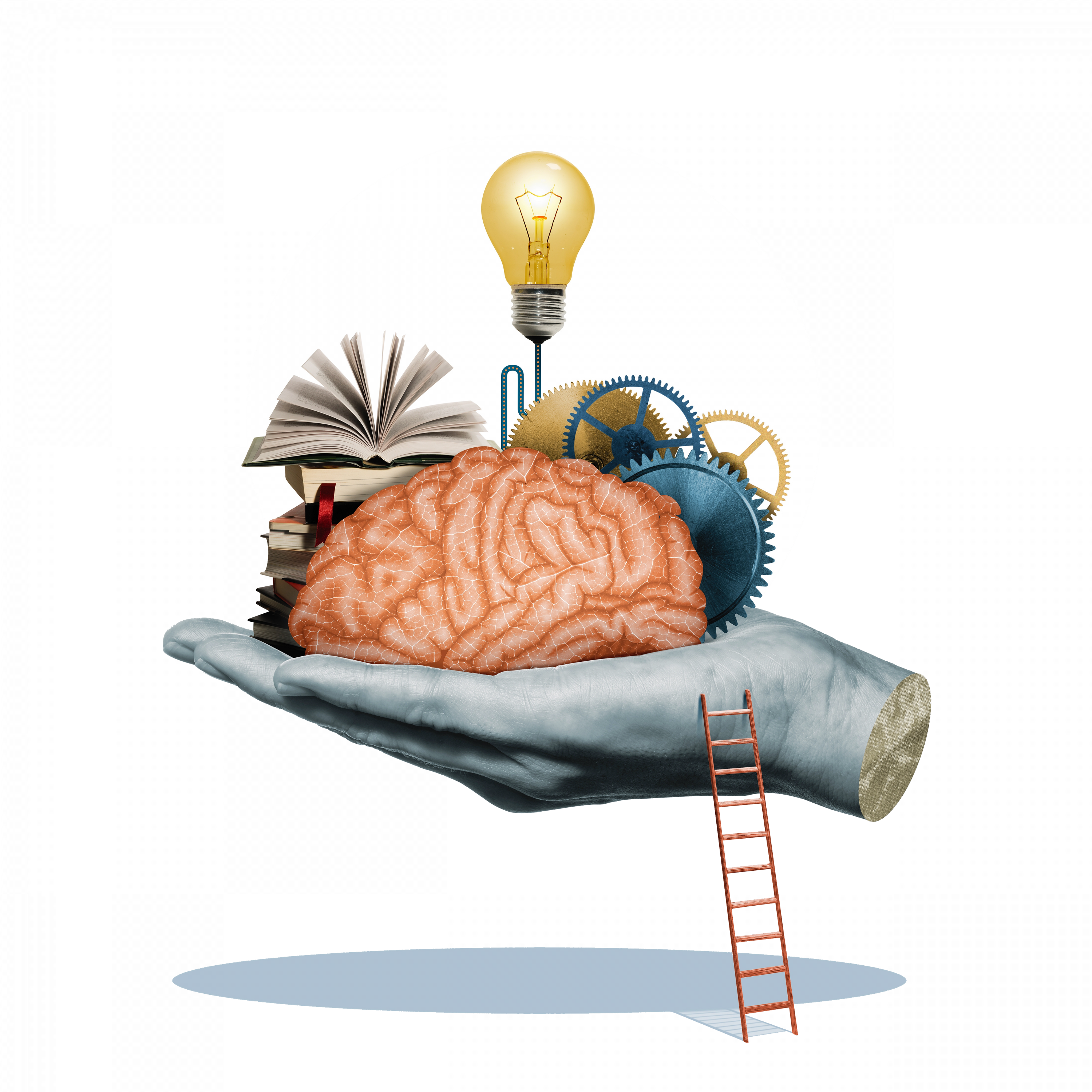MindShare: Protect Your IP When Developing AI Systems
By Jodie J. Spade, Patent Attorney with Ference & Associates
 Artificial intelligence (AI) is becoming increasingly common, being utilized in devices and computations from personalizing displayed advertisements to robots that provide individualized care for patients. AI allows a system to be trained to make predictions and decisions regarding information that was not previously seen by the system. This is as close as we’ve reached to emulating the human mind. While such systems do have limitations and there is controversy surrounding the use of AI, it is hard to deny that it is a field of large interest and one that continues to grow.
Artificial intelligence (AI) is becoming increasingly common, being utilized in devices and computations from personalizing displayed advertisements to robots that provide individualized care for patients. AI allows a system to be trained to make predictions and decisions regarding information that was not previously seen by the system. This is as close as we’ve reached to emulating the human mind. While such systems do have limitations and there is controversy surrounding the use of AI, it is hard to deny that it is a field of large interest and one that continues to grow.
The main component of AI systems are the models that are used to make decisions based upon inputs to the system. In many cases, these systems utilize multiple AI models, with each of the models performing some part of the computation to make the output prediction. Much like people, different AI models have different strengths and weaknesses. Thus, different models that are programmed for a particular purpose may perform that purpose within an AI system and provide outputs to other models to perform a different function or computation on the output until the desired final prediction is reached.
Developing AI models is time-consuming, requiring large amounts of training data and often specialized knowledge. Therefore, it is no surprise that model developers are looking for options to assist in protecting their work product. Some of the most common options for protecting AI models are trade secrets, copyrights and patents. For a trade secret, the developer has to keep the information related to the model secret and not tell anyone about it. However, if someone can backwards engineer the model, which is very common in the field, it is no longer a secret and there are few-to-no options to pursue redress for stealing the model. Once a secret is no longer a secret, it’s impossible to make it a secret again.
One or more patents may be the best way to protect an AI system, but some downsides are that the information must be disclosed to the public and the length of protection is finite. However, an intellectual property attorney with experience in AI will tell you that, while there are requirements related to sufficient disclosure, not everything about the AI system must be described in significant detail within a patent application. Additionally, the disclosure of some information within a patent application is not particularly helpful in getting a granted application and could be kept out of the disclosure while still meeting patent requirements. What information can be kept out of the patent application depends on the type of system that a person is trying to patent.
A combination of techniques may be the most effective method for protecting intellectual property associated with AI systems. Generally, it may be favorable to apply for one or more patents regarding an application of the artificial intelligence system and any unique characteristics about the models themselves. With respect to the code utilized to program the AI system and the training dataset(s), keeping this information a trade secret or protected under a copyright may be the right answer. However, each situation is unique and consultation with an experienced intellectual property attorney is always the best answer.
 In summary, the most effective approach to protecting intellectual property associated with AI systems or models may include the use of one or more different intellectual property protection techniques, including trade secrets, patents, copyrights. Some strategies that you can implement today to protect your intellectual property assets are:
In summary, the most effective approach to protecting intellectual property associated with AI systems or models may include the use of one or more different intellectual property protection techniques, including trade secrets, patents, copyrights. Some strategies that you can implement today to protect your intellectual property assets are:
• Identify how your AI model and system fits into your business strategy and whether you need to pursue protection to align with your business strategy;
• Determine what information regarding your model and system you want to keep secret and what protection techniques support this plan; and
• Decide whether you will utilize outside sources for development or deployment of your AI model and/or system and whether protection is needed before engaging these outside sources.